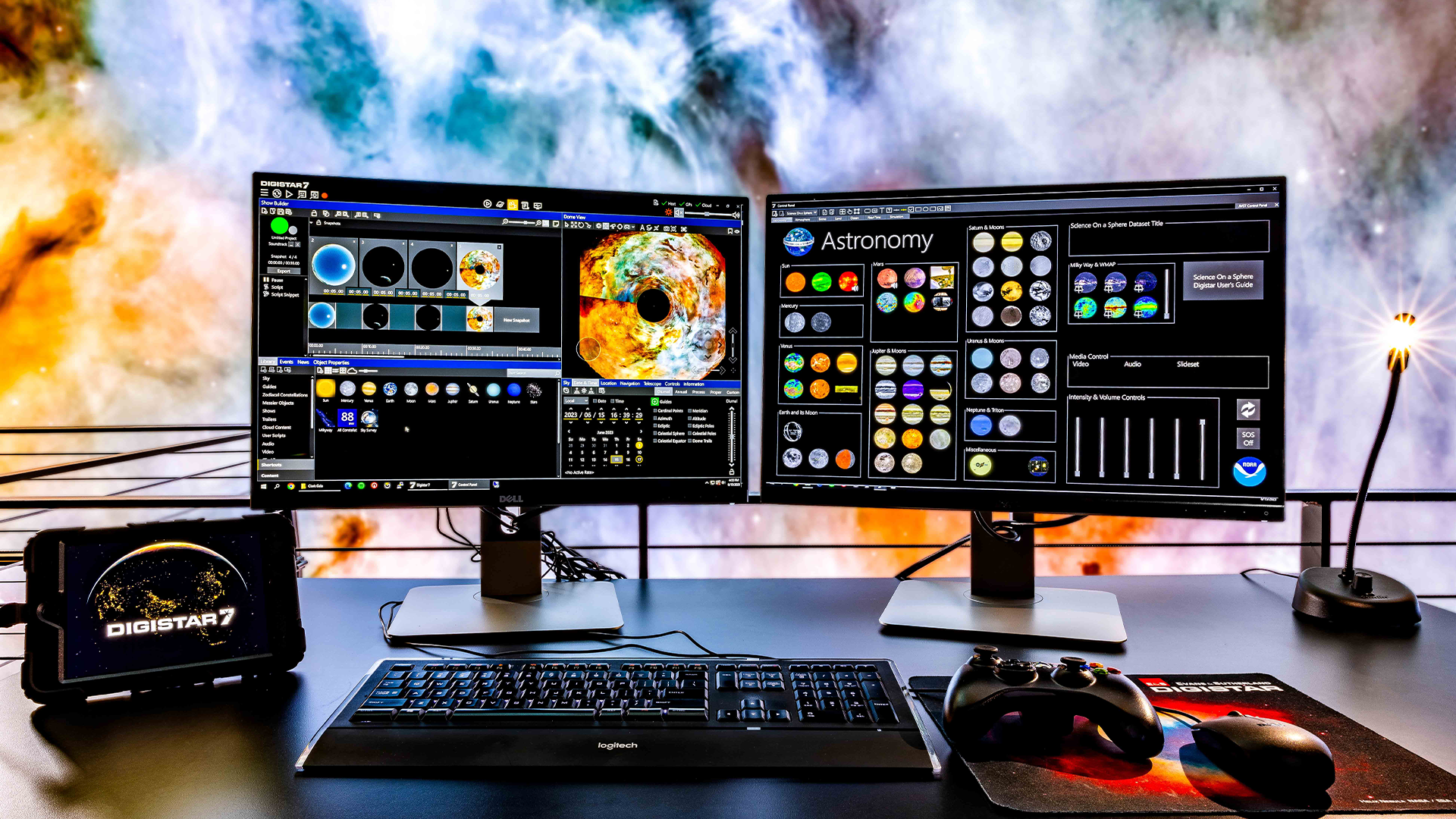
2023 marked the 100th anniversary of the world’s first planetarium projector. As the world’s original immersive experience, the invention of the planetarium enabled the public to step into new worlds and experience the captivating surroundings of the starry night sky, ushering in the century-long journey of creating immersive experiences.
Planetariums were originally created to serve as a tool for public education and outreach for audiences to explore the mysterious and unreachable depths of space. Over the past century, advancements in technology have increased the sophistication and accessibility of fulldome content production. Now, with higher resolution, brighter visuals, and digitally based systems, audiences can easily visualize scientific concepts, which was once difficult for the general public to understand due to the lack of advanced technology. This has inspired generations around the globe to explore the wonder of the unknown, planting seeds of interest that have the potential to spark lifelong pursuits and passions, whether in science or beyond.
At the core of planetariums lies a commitment to using technology and immersive media to inspire human connection and science literacy, which has remained unchanged since the industry’s inception in 1923. In celebration of the 100th anniversary of planetariums, we look at the enormous potential the future holds while we also applauding their rich history.
With more than 75 years of experience powering planetariums and science museums across the globe, Cosm is a leader in the planetarium industry. Dating back to 1947, Spitz was founded to deliver astronomy teaching tools to planetariums and in the same year developed its first opto-mechanical star projector, which became a mainstay in hundreds of planetariums for many decades. years ago, Evans & Sutherland (E&S) introduced Digistar, the world’s first digital planetarium system, which remains the most advanced planetarium software system in the world and is the immersive instrument of choice for hundreds of planetariums delivering interactive and inspirational experiences. Today, Cosm powers worldwide planetariums, educational institutions, and the multi-disciplinary immersive experiences for audiences to experience the content they love in “Shared Reality”, a new type of reality technology developed by Cosm that seamlessly blends the virtual and physical worlds.
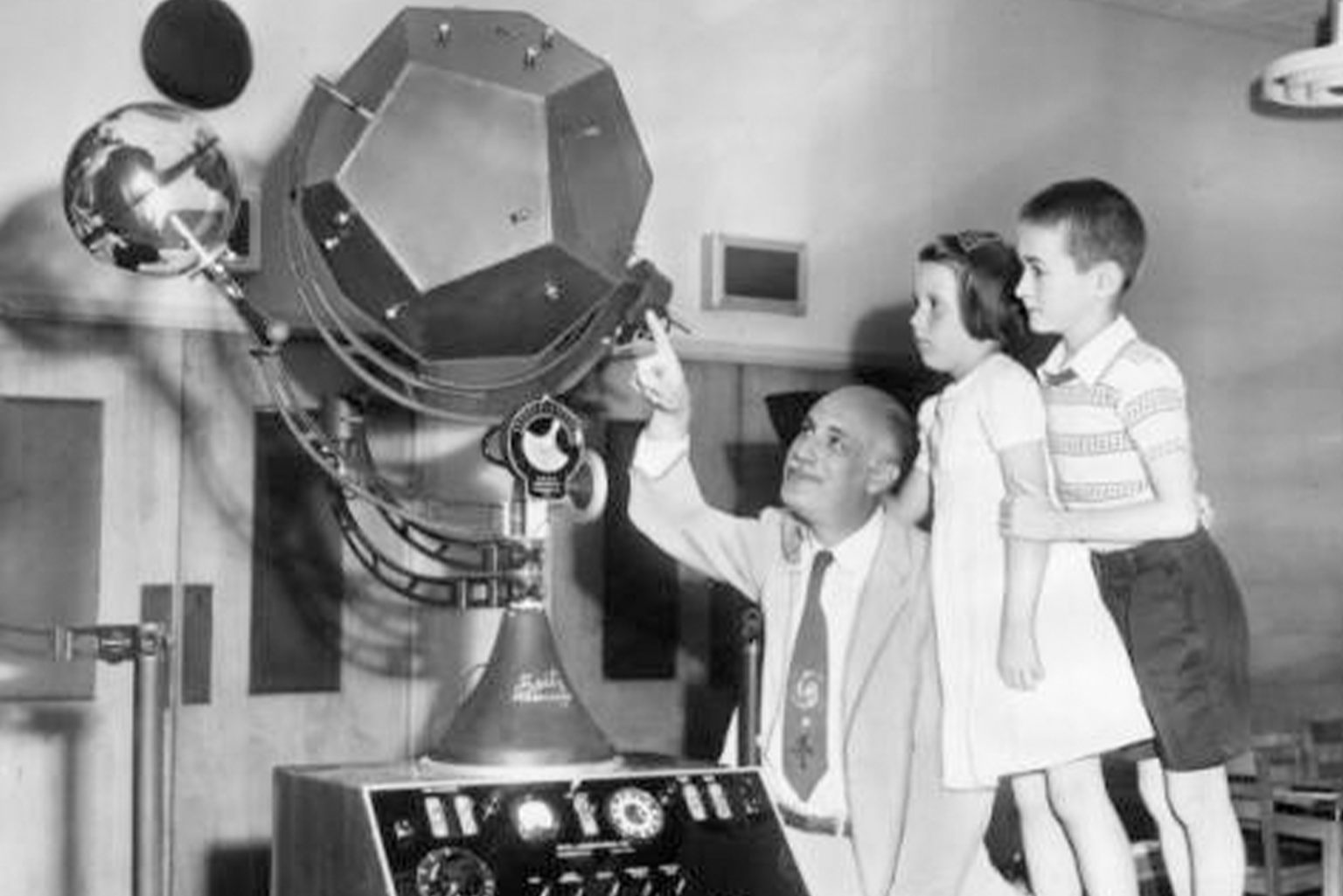
Armand Spitz’s opto-mechanical star projector
Shift in Audience Expectations
Consumers in today’s experience economy prioritize memorable experiences and social gatherings over material goods or experiences that can be easily replicated at home. There are two key reasons for this: First, in today’s digitally centric world, there is fierce competition for consumer attention, especially with the bloom of social media use and at-home media consumption. Secondly, today’s experience economy is powered by an ever-increasing number of digital-native consumers who seek out the newest technologies and dynamic digital experiences
In response to consumer behavior and the ever-evolving state of technology, planetariums around the world have continuously experimented with new and innovative ways to connect with audiences. Joe Eakin, technical director and designer of the Ho Tung Visualization Lab and Planetarium at Colgate University, who began engaging with planetarium audiences using the Digistar II planetarium software in the early 2000s, emphasized that today’s audiences “don’t want to sit there and just watch a movie, they want to interact and be part of the story.” . Director of Theaters and Science at the Michigan Science Center Paulette Epstein noted it is much easier to hold the attention of the audience when incorporating more interactive features into fulldome programming and throughout the physical space of the planetarium.
In addition to expanding the physical use of planetariums in creative ways, diversifying the type of content presented is another approach proving to be successful in maintaining and increasing audience engagement. While science and astronomy education remains a core pillar of planetarium programming, modern planetariums offer endless possibilities for storytelling and engaging audiences across all disciplines. According to Dr. Shannon Schmoll, director of the Abrams Planetarium, planetariums are places that drive discussions about history, art, nature, space, culture, and “all important aspects of what it means to be human.” Verkehrshaus der Schweiz Planetarium director Marc Horat also notes that, “After 100 years, a modern planetarium isn’t just about stars and planets anymore but a giant data visualization machine, open to all sciences. It is also a large canvas for artists and musicians alike to bring their ideas and art to audiences in completely new and creative ways.”
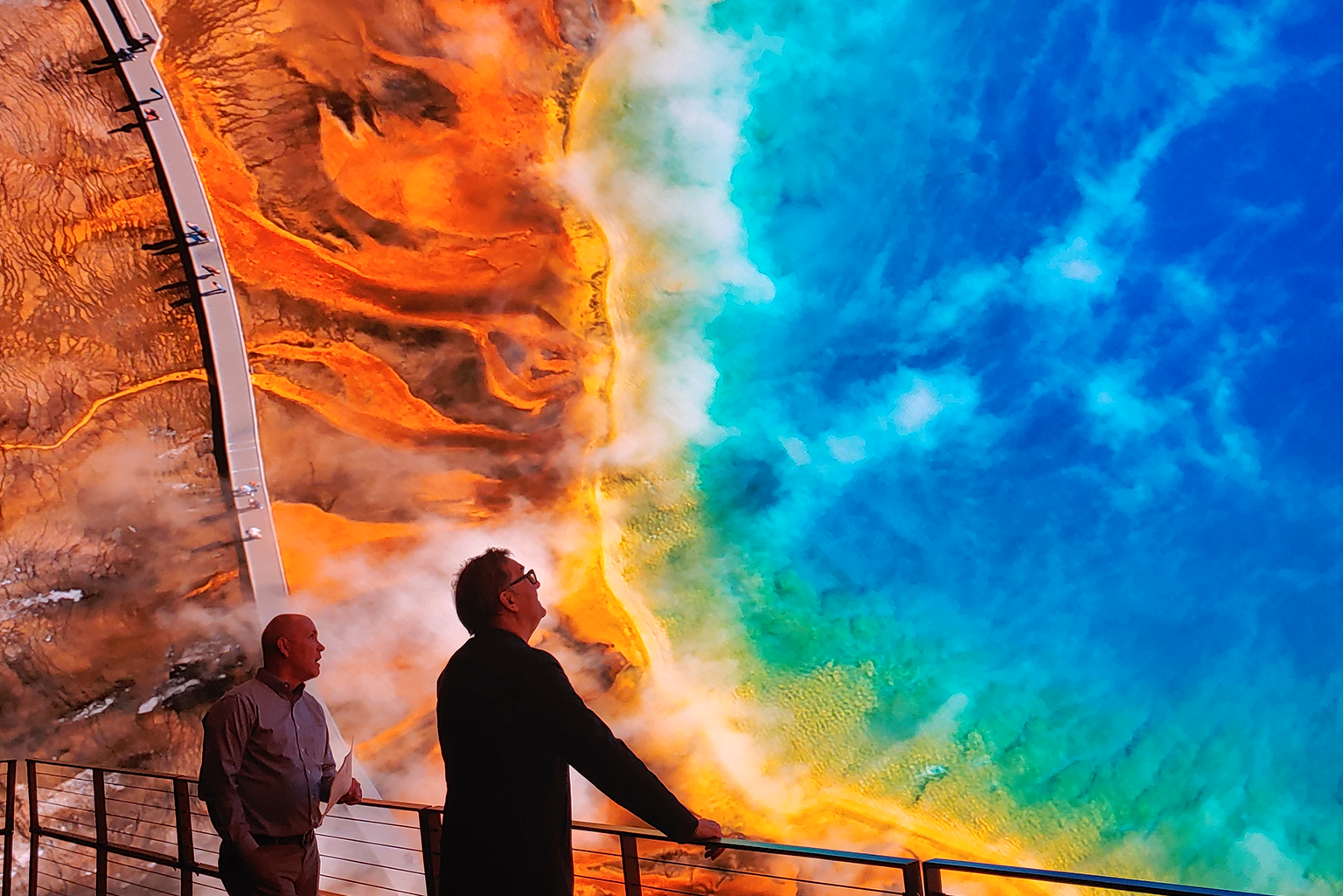
Chicago’s Adler Planetarium frequently hosts evening and private events that focus on diverse cultural storytelling and transforms its space into a venue for fashion shows, drag shows, sporting and wellness events, music performances, and more. Adler’s Senior Director of Theaters and Visualization Mike Smail points out that pushing the interdisciplinary boundaries not only creates new channels to interact with audiences, but helps expand audience expectations and reshapes their perception of “what modern planetariums are and can offer.” He recognizes it can be challenging for planetariums to “push comfort levels and boundaries a little bit,” but ultimately it is beneficial for audience attraction and retention.
Key Factors for Planetariums to Stay Relevant with Their Local Community
Celebrating the centennial, planetariums across the globe are reflecting on key factors to stay relevant in the face of shifting audience expectations and the rapid technological advancements powering today’s experience economy. Planetariums not only need to refresh programming as soon as new scientific discoveries are released, but they also need to stay up-to-date with local audience interests. According to Renae Kerrigan, curator of science and planetarium director of the Peoria Riverfront Museum, pivoting or reacting in this timely manner showcases genuine credibility among local communities, helping to motivate and entice audiences to return.
Additionally, it’s important for planetariums to incorporate the latest technology into their experiences. Equipped with increased functionality and better ease-of-use, the latest planetarium technology allows for high quality content creation, real-time information updates, and significantly improved visuals to ‘wow’ audiences and deliver an experience that transports and inspires the audience.
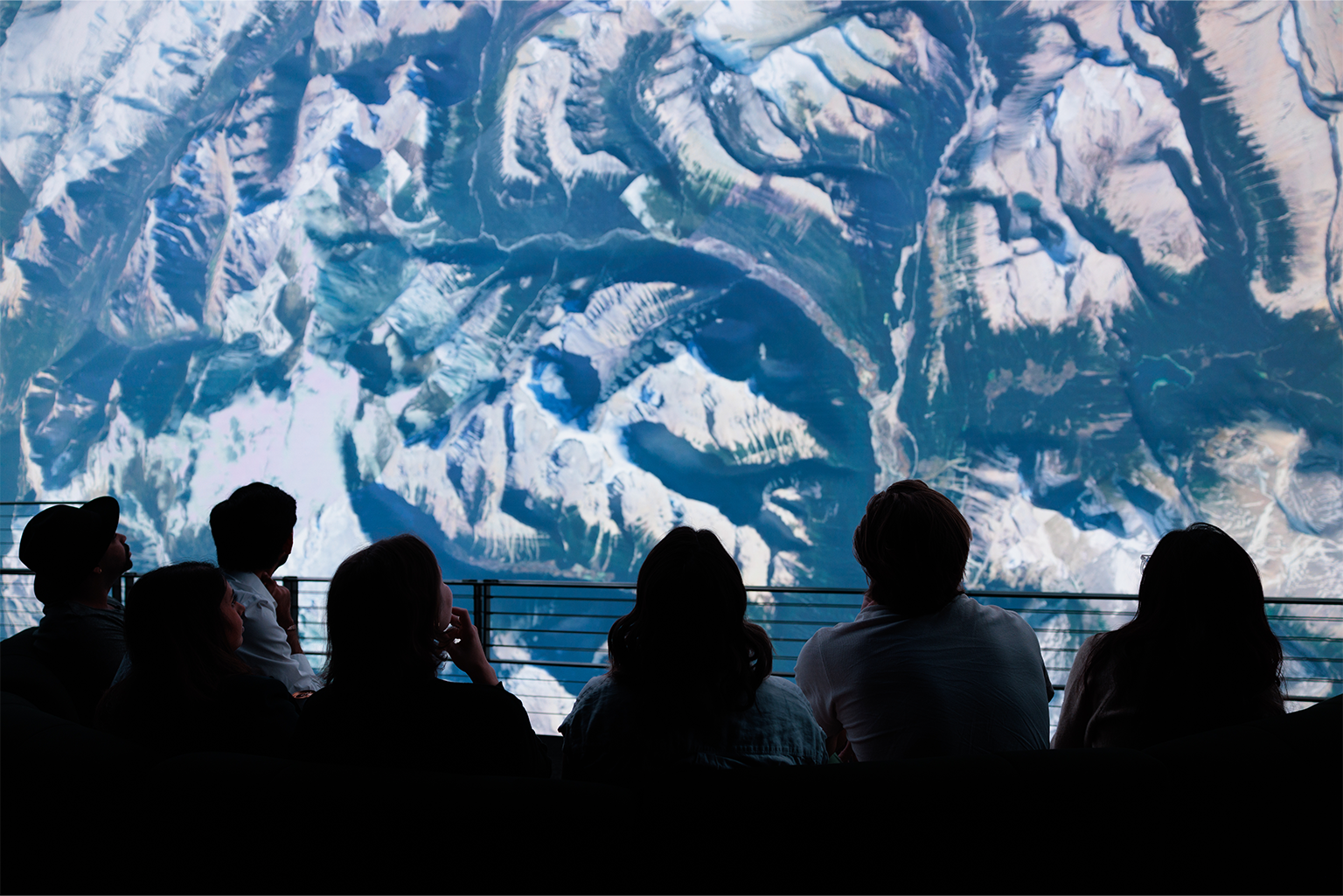
It is also key for planetarium professionals to engage with the global planetarium community to learn and hone the craft of inspiring audiences. Many planetarians today use content hubs like the Digistar Cloud, home to nearly 2,000 downloadable educational assets created by the hundreds of active Digistar planetariums around the world, to easily acquire and share fulldome content. Systems like the Digistar Cloud provide crucial opportunities for planetariums to seamlessly access detailed and easily digestible science content to create the larger-than-life experiences audiences seek.
Visions and Opportunities for the Future
Looking ahead as technology advances and access to content continues to increase, the shared vision to foster collaboration within and beyond the industry is more evident than ever. By tapping into external expertise from visual artists, animators, scientists, and more, planetariums can create richer and more diverse content to heighten the experience and broaden audience engagement.
Alongside global collaboration opportunities, the industry is focused on diversity and cultural representation. Many planetarians emphasize the need for more on and off-screen representation of diverse and marginalized groups, content, and languages to generate a wider range of perspectives and resources which inspire and educate. Diversity, inclusivity, and representation continue to be major touchpoints across educational institutions, but increasing the general awareness of diverse or marginalized topics through dynamic programming is top of mind for many in the industry.
Integral to the global scientific community, planetariums naturally serve as conduits for delivering diverse, globally relevant, content to local audiences and additionally contribute to serving consumer interest in cultures and aesthetics. For example, Peoria Riverfront Museum’s Renae Kerrigan drew inspiration from cross-country projects, fostering a shared experience with teams in Chile. The innate potential and adaptability of planetariums shine in their ability to craft multilingual content, enhancing accessibility for global audiences. Driven by the collaborative nature of the international planetarium community, accessing, and delivering diverse content promotes a connected and resonant global community.
Fostering greater human connection and promoting empathy, understanding, and care for the world around us, Ho Tung Visualization Lab and Planetarium at Colgate University’s Joe Eakin believes there is a necessity for planetariums “to tear down cultural barriers, as they all have the same mission” to showcase the possibilities of unique, immersive, compelling, and beautiful approaches to science and storytelling. Serving as a beacon of learning among other disciplines in science and entertainment, planetariums will continue to inspire collaboration and innovation in the pursuit of creating meaningful and impactful audience experiences.
The next 100 years of innovation
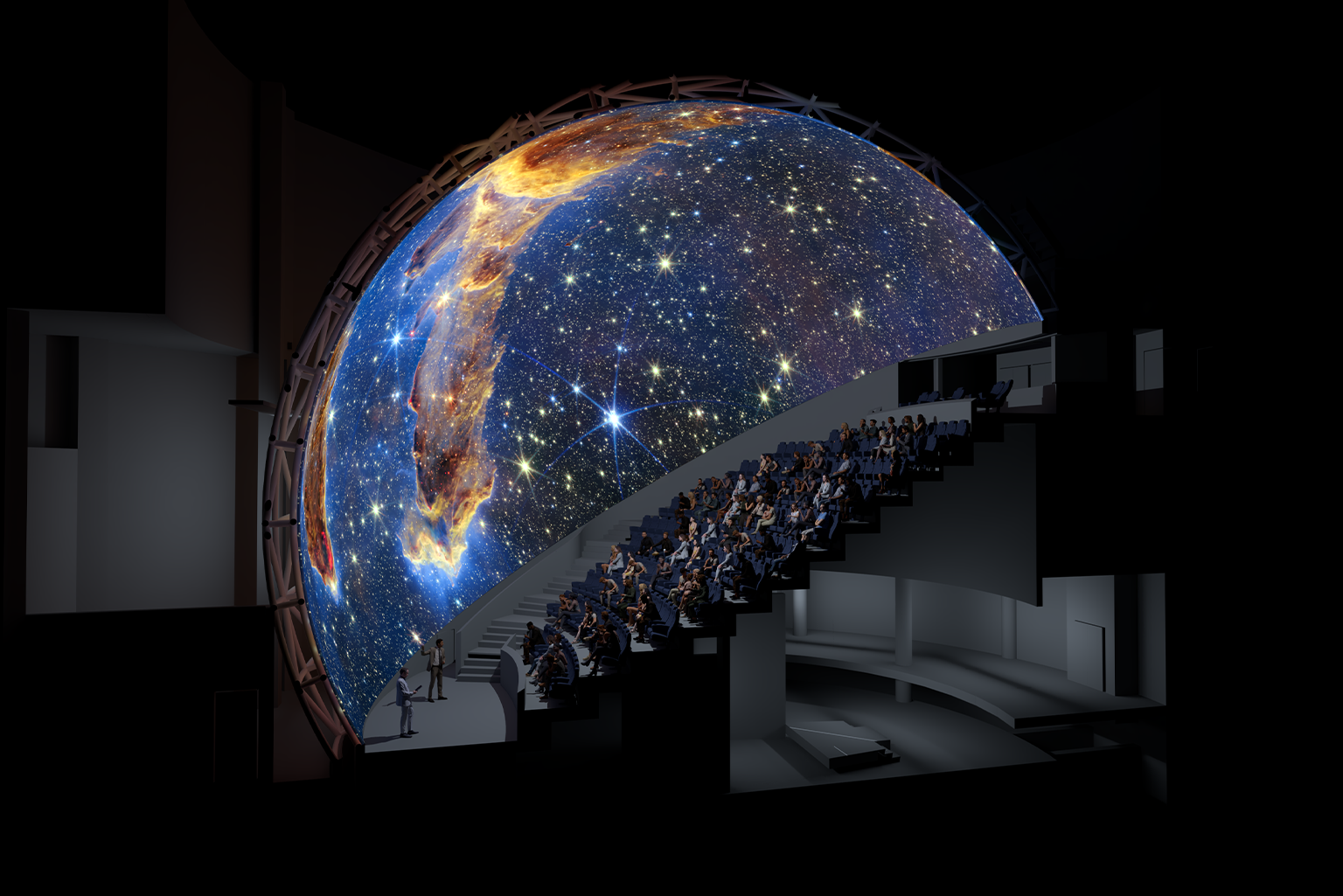
Rendering of Fort Worth Museum of Science & History’s Omni Theater, powered by Cosm Technology
Looking ahead to the next 100 years of planetariums, the opportunity for delivering larger-than-life experiences on an unprecedented scale is riper than ever. Today’s planetariums, science museums, and other educational institutions already deliver experiences that cannot be easily replicated at home. However, the growing shift in experiential offerings increasingly pivoting to reality technologies will continue to accelerate as consumers continue to desire savvy, compelling, and awe-inspiring experiences. With shifting audience expectations paired with the significant rise of immersive reality technologies, it is important to embrace and adopt new technologies in order to remain integral within today’s competitive experience economy. Early adopters and innovators of new technologies are likely to be rewarded with prolonged business operations and repeat clientele, increased market share, and continued technological advancement, which has been proven time after time.
Over the next 100 years, Cosm will continue to foster the planetarium industry and its network of worldwide partners, while also advancing and investing its Shared Reality technology to bring those larger-than-life experiences from concept to reality. Looking ahead, immersive reality technologies will be integrated into a majority of consumer-facing, out-of-home experiences as the momentum continues to skyrocket. As a result, it will be key for planetariums to offer experiences that appeal to as wide and as diverse of an audience as possible. To capitalize on the ever-changing trends in the experience economy of today and the future, it is key to invest in and embrace new and advanced technology to deliver the awe-inspiring, custom, and interactive experiences audiences desire.
